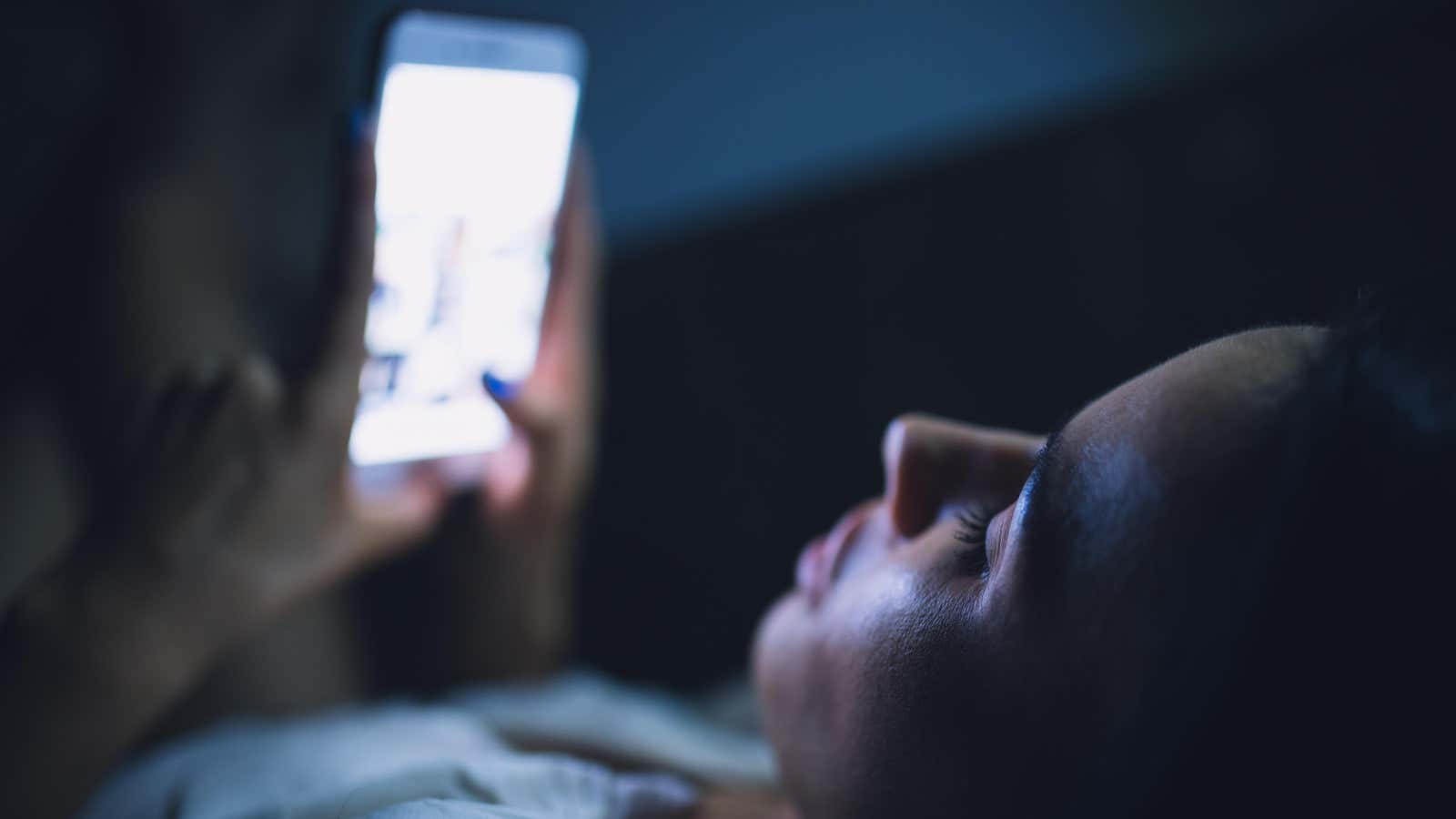Why You Should Disable Auto-Brightness on Your Phone

Apple touts its newest iPhone as having the brightest screen, but when you use it, you’re probably thinking, “Shouldn’t it be brighter?” You can even compare it to other screens that look much brighter than yours. It’s not you: it’s auto-brightness, and you should turn it off on most of your devices.
Why auto-brightness exists at all
Auto-brightness is the tech industry’s solution to several problems. First, they want users to feel like their devices have good battery life, and powering the display requires a lot of power—the brighter the display, the more battery drained. By having a system that automatically adjusts the display to “optimal” (heavy quote accents) brightness, they can reduce the rate of battery drain.
Keeping auto-brightness enabled by default ensures that the majority of your user base will live with this feature forever, and as a result, the battery saver will always be enabled. This is probably how companies rid themselves of many complaints about poor battery life.
Of course, auto-brightness has other benefits besides extra battery life. Theoretically, this feature can help maintain the correct brightness of the display as lighting conditions change. For example, when you use the screen outdoors, you want to increase the brightness of the display, but when you go back inside, you probably want it to be dimmed or even completely dimmed in the dark. Auto-brightness can help fill in the blanks automatically: If you can use your phone at full brightness outside and then go back to a black room and see a completely dark screen, then auto-brightness has done its job.
You also don’t need to have a portable device to use it. A desktop computer might use automatic display brightness adjustment throughout the day, perhaps brightening up when the sun hits the room the most and dimming as it sets.
But auto-brightness is actually pretty terrible
The problem is that auto-brightness is often not very good at what it does. It sets a brightness level that works for his calculations, but not for those with eyes. When the setting is on, you’ll most likely be adjusting the brightness slider manually anyway… so why bother?
It may also prevent the screen from reaching its maximum brightness. When auto-brightness is enabled on my Nintendo Switch, I can adjust the brightness slider to some effect, but if I disable the setting, the screen gets even brighter. Generally, this is what you can expect from auto brightness.
However, nothing is more infuriating than auto-brightness’s biggest weakness: constantly changing lighting conditions. If you’re moving around the room – maybe staring out the window for a bit and then turning the other way – auto-brightness can go crazy. Sometimes a small amount of extra light will dramatically increase the brightness, and a small amount of light reduction will cause the screen to become completely dim and unreadable.
If you’re not happy with the brightness of your new device’s display, auto-brightness may be to blame. This Redditor reached out to r/iPhone to ask why their new iPhone 14 Pro Max looks so dim compared to the Galaxy S23. While there are many factors that could cause two phones to display the same video differently, the lack of brightness on the potentially very bright 14 Pro Max is likely the default auto-brightness.
How to turn off auto-brightness on your phone
On most devices, you’ll find auto-brightness settings in the display settings, but it’s not a fixed value. Apple, for example, annoyingly places its auto-brightness option in Settings > Accessibility > Display, rather than Settings > Display & Brightness (where it so obviously belongs).
If your device allows it, use the search feature to quickly find the auto-brightness setting if it’s not where you think it is. Whatever you do, turn it off, set the brightness to whatever level you want, and don’t let the robots tell you how to live.